Are you looking for a faster, more affordable way to build a quality home in 2025? Prefab houses might be the solution you’ve been searching for. Constructed in a factory and then assembled on-site, these homes minimize on-site labor, reduce waste, and streamline the building process.
A prefab house is a dwelling whose main components—walls, floors, and roofs—are constructed in a factory under controlled conditions and then transported for quick on-site assembly. This cuts overall costs, shortens construction time, and ensures consistent quality.
In this guide, you will explore the different types of prefab houses available and their benefits. You will also learn about the available construction methods.Keep reading to see why prefab construction is gaining popularity—and how it might fit your next home project.
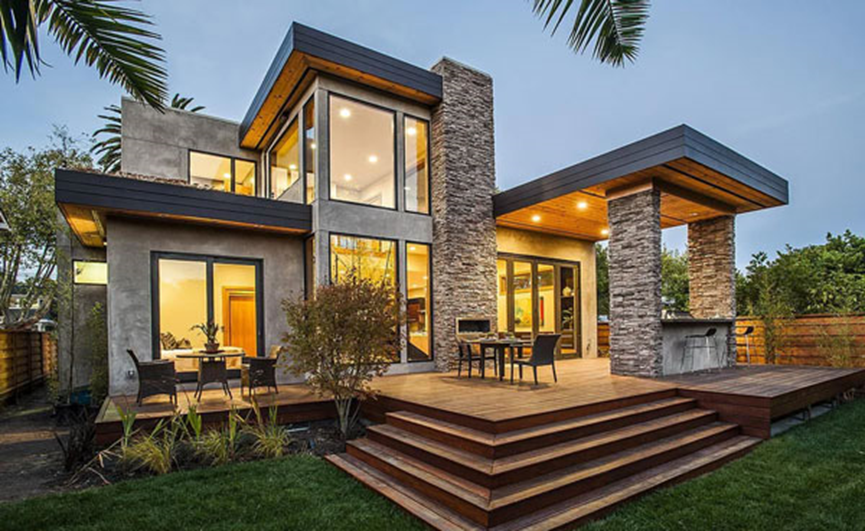
1) What Is a Prefab House?
The word pre-fabricated means that the parts of the house are constructed in a factory and then transported to the location where they will be assembled. Rather than build everything from the ground up on a specific site, large components of the house, like walls, floors, and roof panels, are created in a factory under controlled conditions.
→ Traditional vs. Prefab Homes
In this part, we analyze the difference between traditional and prefab homes.
As prefab houses are manufactured in a factory, leading to reduced costs and construction time. Unlike prefab houses, traditional homes allow for customization in design, leading to great expense and time investment.
Prefab House | Traditional House | |
Method of Construction | Made from pre-built parts in a factory and assembled on-site | Built entirely on-site from raw materials |
A Time to Build | Weeks to a few months | Several months to years |
Cost | More affordable | More expensive |
qc Quality Control | Built in a controlled factory environment | Affected by weather and worker skill |
Workers Needed | Fewer workers since most parts are pre-made | More workers needed for on-site construction |
Environmental Impacts | Less waste, more eco-friendly | More waste from cutting materials on-site |
Customizations | Limited Customization | Fully customizable design |

2) What are the main types of Prefab Homes?
Prefab homes come in different types based on construction and assemblage. Let’s take a closer look at the main types:
i) Modular Homes
Modular homes consist of multiple modules( large sections), constructed in a factory and then transported to a building site. These modules have pre-installed(built-in) walls, floors, and even electric wiring, which enhances the speed of construction. For example, Spacecapsulehouse Cabin manufactures modular homes that are prefabricated off-site, which reduces on-site labor time and costs.
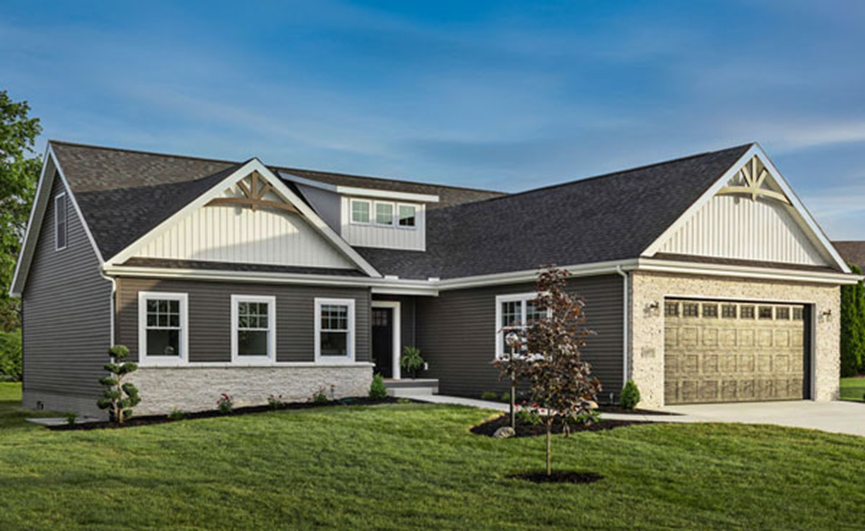
ii) Panelised Homes
Unlike the previous type, panelized homes come with pre-made wall, floor, and roof panels. These can be shipped to the location to be assembled in a step-by-step approach. Therefore, they are easier to move and provide more design options. However, these took more labor on the worksite, which means construction time will be longer and, at times, more costly.
On the other hand, modular homes best suit those looking for a fast and cost-efficient building process. In the meantime, panelized homes are a good option for you if you like customization and do not mind spending more time on assembly.

iii) Kit build Homes
Kit build homes come in packages with all the materials already cut to the right size, making them ready to put together. which means as a homeowner, you can build the house yourself. The kit consists of wood, metal, or other materials, all measured to fit correctly. Because everything is pre-cut, it reduces waste and helps avoid mistakes during construction.
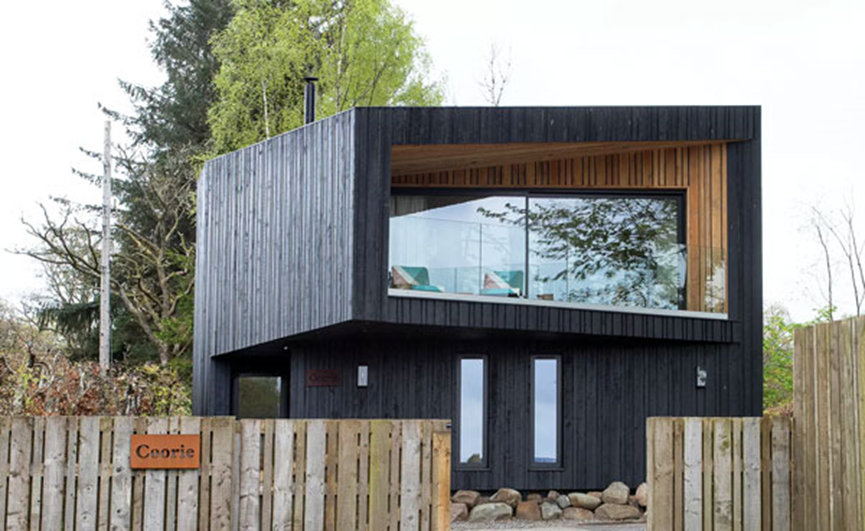
iv) Hybrid Approaches
In the hybrid approach, some homes utilize both traditional and prefab construction methods. This means that some components of the house, such as wall panels or roofs, are constructed in a factory, but the rest of the house is built on site. This allows you to have the freedom to build your home the way you want while still enjoying the benefits of prefab construction, like quick assembly and less waste.
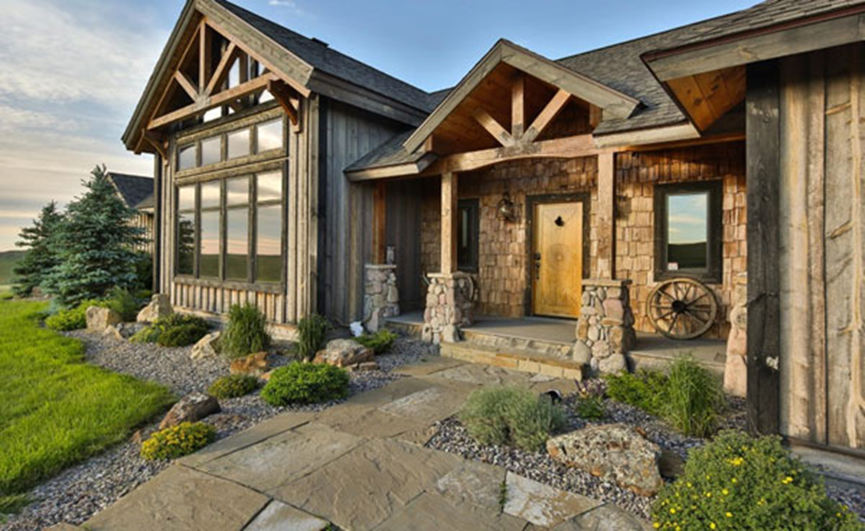
3) Core Features of Prefab Houses
Prefab homes are built with eco-friendly approaches and efficiency properly considered. Let us take a look at the elements that make these homes unique.
- Factory-Built Construction: Unlike on-site construction, prefab homes are built in controlled factory settings, which ensures higher quality and reduced waste compared to construction done on-site.
- Modular or Panelized Design: The design allows for easy transport and quick setup. Furthermore, the design is modular or panelized, meaning sections (modules) are assembled at the main building site.
- Customizable Layouts: There are many designs with customizable layouts. For example, you can choose from various optional extra floor plans, finishes, and features that meet your particular needs.
- Energy-Efficient Materials: The use of energy-efficient materials is another important factor. In most cases, prefabricated houses are built with insulated walls, windows, and other eco-friendly materials, which increases the dwelling’s sustainability and economical spending on maintenance in the future, which increases the home’s sustainability over time.

- Smart Home Integration: Furthermore, many prefab homes come with advanced features such as automation for lighting, heating, and security systems, which provides maximum comfort while also being energy-efficient.
- Quick Assembly: The greatest benefit of a prefab home is the ease of construction. Assembly is much faster than traditional houses that can take months or years to build as most parts are already pre-made.
- Weather-resistant building material: Prefab houses can also withstand weather conditions. They are built with stronger materials that provide better insulation, which means heavy snow, rain, and wind can be dealt with. Because of this, safety and durability are increased.
- Portable and Expandable: Last of all, some designs for prefab structures permit relocation or future expansion to become far easier. These designs are ideal for people or families who are always on the move in the long run.
4) Advantages of Prefab Houses
The convenience of prefab houses makes them more practical than traditional homes. Here, we will discuss some of the reasons why one should prefer prefabs:
- Cost-Effective: Prefabricated houses are cheaper than traditional homes because of their faster construction time, which requires less materials and labor.
- Eco-Friendly: The construction of prefab homes is done in factories, which produces less waste and consumes less energy.
- Minimal On-Site Disruptions: Because the majority of the construction is done off-site, there is significantly reduced noise, dust, and mess at the final location, which is a much cleaner and non-disruptive building process.
- Flexible Design Options: Moreover, you can choose the style, design, and even additional features of prefabricated homes that best fit your needs because these homes come with customization options.
- Better Insulation and Energy Savings: The insulation of prefab homes is better, which helps keep heat in during winter and out during summer, maintaining indoor temperatures. This leads to lower energy costs as less energy is required for heating and cooling the home.
- Regulatory Compliance: Above all, these homes legally and safely adhere to construction regulations and safety standards.
5) Manufacturing & Assembly Process of Prefab houses
As we have already discussed, prefab houses are built in a factory and then assembled on-site. In this part, we will explore the step-by-step process of how it works:
Step 1) Factory Production Line
The structure of a prefab house is produced in a factory to improve productivity and quality. At first, materials like wood, steel, insulation, and concrete are gathered and prepared.
Then, the walls, floor, and roof panels are cut and assembled by machines. After that, workers install the wiring, plumbing, and heating or cooling systems. They place insulation on the walls. Finally, each part is checked for quality before being packed for on-site transportation.
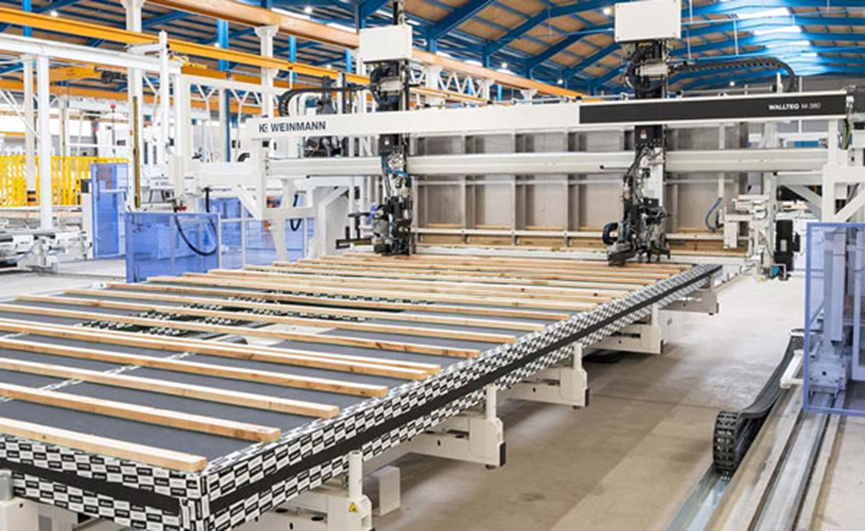
Step 2) Shipping Logistics
Once the sections of the house are ready at the factory, the next step is to transport them to the site where they will be assembled. Small sections can be transported by standard trucks. Nevertheless, oversized components require specialized trucks, permits, and escorting vehicles. In order to avoid damage, all parts are protected from any weather conditions during transport.
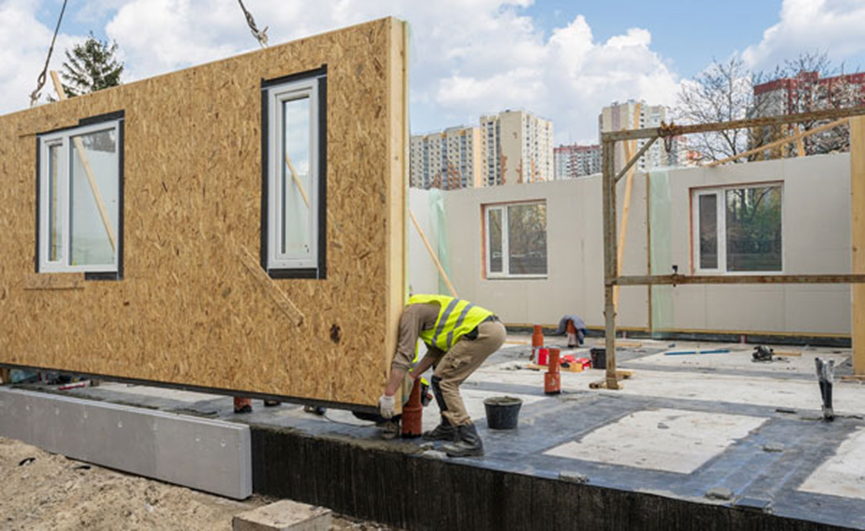
Step 3) On-Site Assembly Process
- i) Foundation & Utilities: Before the prefab sections arrive, the site must be ready. First, you should construct a concrete slab, a basement for the house. At the same time, complete testing and installation of water, electricity, and sewage systems.
- ii) Install Module: After a site is prepared, the construction of the building is completed. At this stage, the cranes lift up large modules(sections) and position them onto the foundation. After that, workers have to connect the sections by welding them to make them strong. Then, gaps are sealed for weatherproofing. Finally, the gaps are checked through for safety.

iii) Finishing Touches: The final step is the home ready for you to settle into. First work inside the house, such as placing the flooring, adding paint, and putting in appliances alongside the cabinets. After that, your home will get a roof, siding, and landscaping too. Finally, make sure everything is safe before moving in.
6) Potential Challenges & Considerations
Although prefab homes have advantages, some challenges must be kept in mind throughout the procedure. Let’s discuss them:
– Transportation Limits: To transport oversized modules, permits might be needed for special routes because of road restrictions. Therefore, advanced planning is necessary.
– Site Preparation: The house is transported after the groundworks, which include leveling, foundation, water, power, and sewage installation, are done. All these steps are time taking.
– Design Constraints: Custom or difficult designs require additional time and resources.
Conclusion
To sum it all up, prefab houses are an excellent option if you are looking to build a home quickly and at a low cost. Because the part of the house is constructed in a factory, which ensures quality and minimal wastage. However, you may face some challenges in the transportation of the large sections and in site preparation for the house. Overall, prefab homes are a smart and flexible solution for everyone.
At Spacecapsulehouse, we provide modern and high-quality prefab homes that fit your needs. Reach out to us today to get the best home for you!


